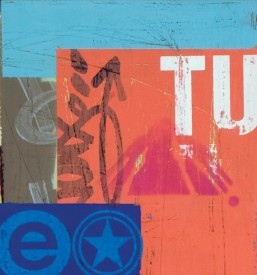
What inspires your art?
I’m inspired by the stuff I see day to day- graffiti, murals, hand painted signs, graphic design, vintage advertising, store displays, package design.
Out of all of your artwork, which piece is your personal favorite?
I don’t really have a favorite nor do I have any particular sentimental attachment to any pieces once they’re done. They’re much more interesting to me when I’m actually working on them. Once a piece is complete then I usually try to get it out to a gallery within a week. That said, I’ve only held onto 3 pieces- one is a couple kissing, another is a typing monkey and the third is a red flower.
What inspired you to pursue art as a career?
I always thought that you should do something that you love and figure out how to get paid for it. On most days I’m really excited to wake up and get back to work. I don’t have to look very hard to find people who don’t like what they do. For me, there isn’t a car fast enough or a house big enough to justify spending your life doing anything that you don’t love.
In 1993 when you resolved to make three painting a day, how did you stay motivated?
At the time I was much younger and had never really painted before. I was motivated to learn how to paint and develop my own style. It was a lot like playing through a video game, actually. I kept wanting to see what the next level would look like.
Nowadays people talk about Malcolm Gladwell’s book Outliers and his famous “10,000-Hour Rule,” which basically says that practicing a specific task for 10,000 hours will make one a success. I think you could apply this rule, or what I did, to just about anything- a jump shot, playing piano, cooking- and you’ll find your style. The trick, I think, is finding something you love doing enough to sacrifice for it.
Who is your favorite artist?
I don’t have a single favorite artist. As far as historical artists I liked studying the proto-Renaissance fresco painters Giotto and Masaccio when I was in college. I think Edouard Manet is incredibly influential- its almost like he invented modernism. Gauguin and Cezanne, too- I love the freedoms they took with color and shape. Jasper Johns is probably my favorite living artist. I like a lot of more contemporary artists like the Date Farmers, Tika Thek and TWOONE, too.
What is your least favorite part of the art process?
The starving part! Ha ha! No, there are some aspects of the business side of it that I don’t enjoy.
What draws you to the advertising-style images seen in your work?
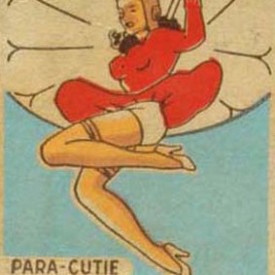
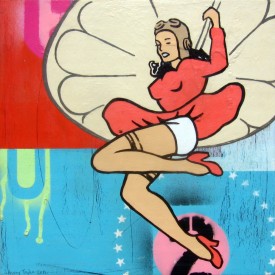
I always liked the illustrations of vintage print ads. They’re more realistic than cartoons or comics, but then they’re idealized, too. Since they’re meant to get your attention quickly they tend to be bold and easy to understand, with crisp, clean lines. I never really learned to draw from nature, so I’ve always sought out this simplified, 2-D version of the world to make my own designs from.
Do you think the growing up in the South significantly influenced your art?
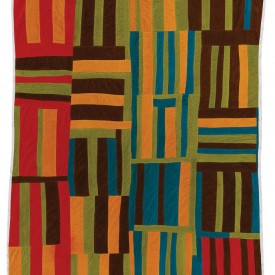
Oh yes, definitely so. As far as the way my work looks, there’s a very strong southern folk art influence. The Quilts of Gee’s Bend are one example.
Being from Memphis, specifically, has been a huge influence on my development as an artist. I’m very lucky to have come up in a spot with so much creative energy and such a long legacy of misfits and eccentrics. Memphis always gave me the space and support to do any crazy thing I ever wanted to try.
How did you get involved in producing your comic strip so young?
I had always drawn a lot of cartoons and comic strips when I was a kid. Somehow I got it in my head that I could simply walk up to the desk at the local paper and ask them for a job. So I did.
What led you to develop the layered style of your work?
Hmmm. That’s a very good question. I’ve always liked the look of things that have been painted or covered over, but still showing what’s underneath. I like it when I see graffiti that’s been covered up, and the paint doesn’t quite match the wall color.

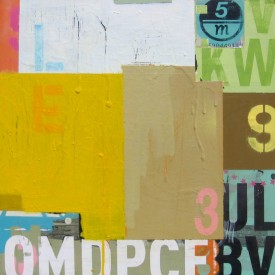
You can see the irregular edges of the stroke, like the edges of torn paper. I also like the look of taking really simple designs and shapes and stacking them, creating something interesting and complex. I use layering to show fragments of designs peeking out underneath other fragmentary compositions. This is my attempt to convey the visual experience of modern urban life.
Maggie Rice conducted this interview for her art class when she was a student at the Marine Academy of Technology and Environmental Science in New Jersey.

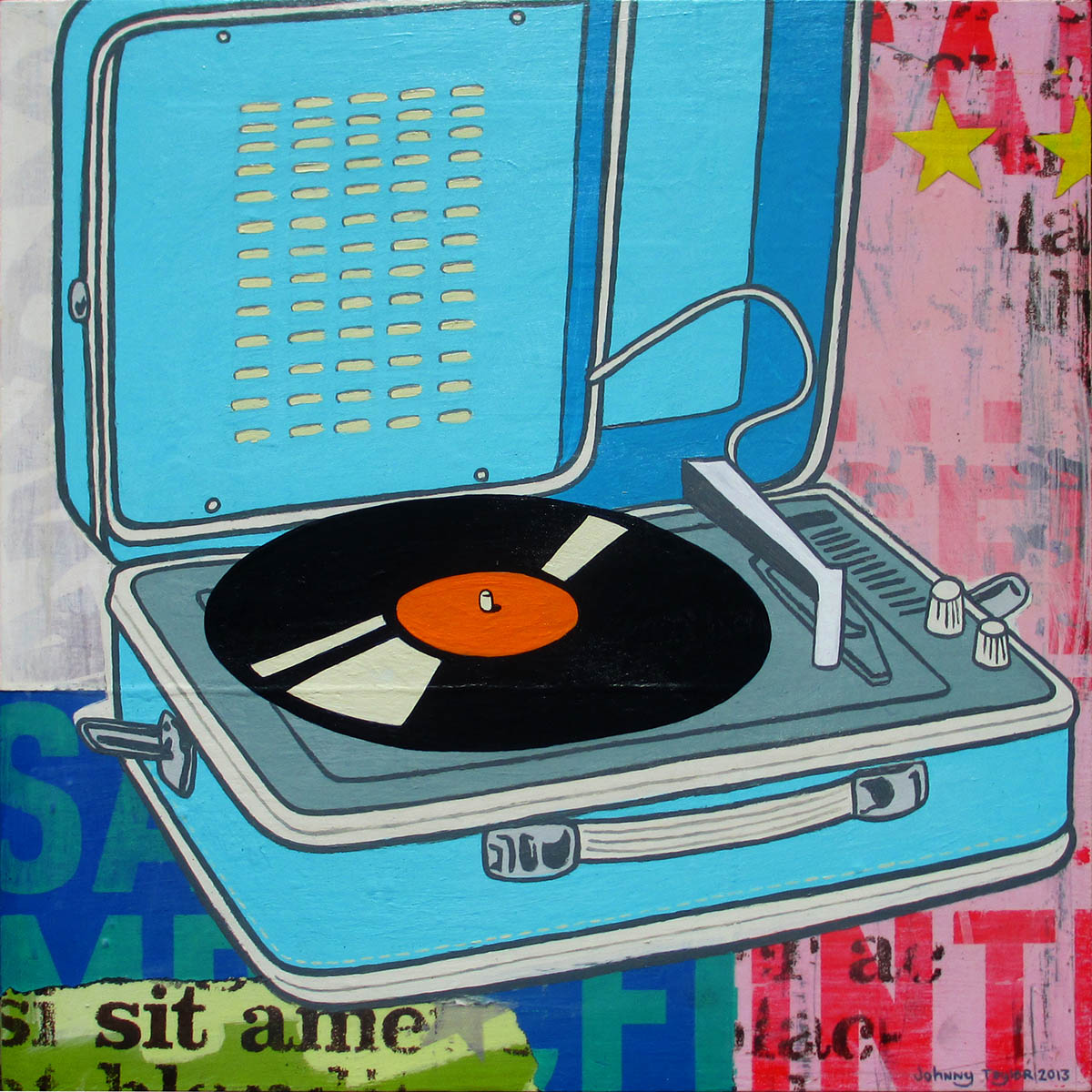
I have 2 pieces that Johnny did for me. Both are classic Toyotas of mine. I’ve been a fan with Johnny’s art for 20+ years. What a great man!